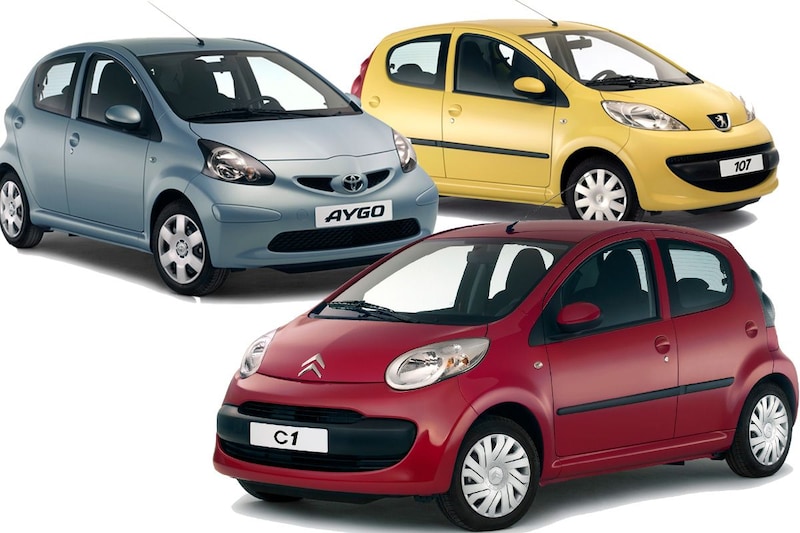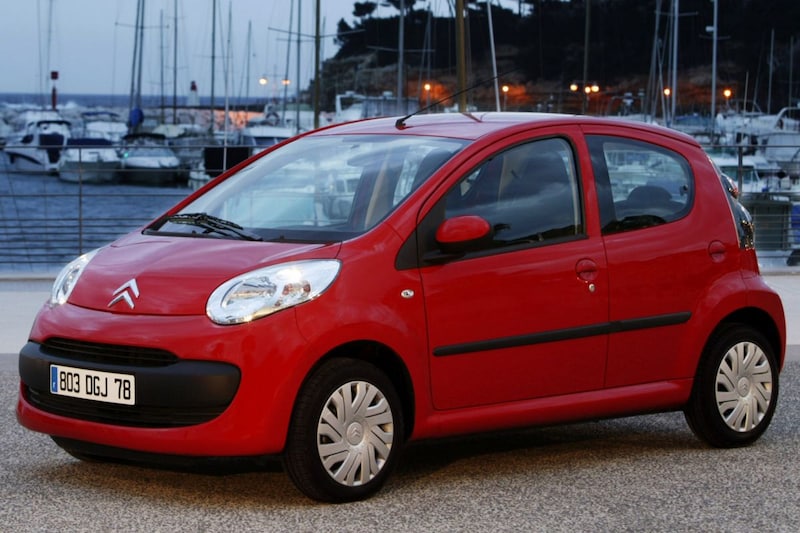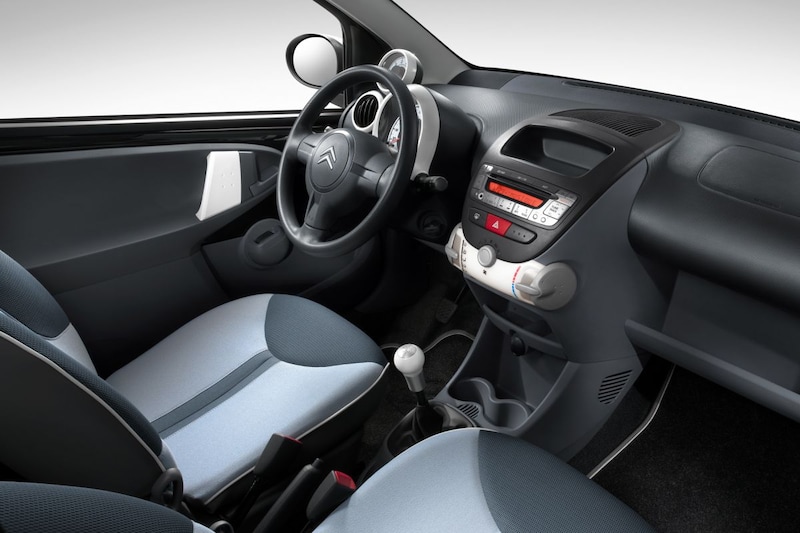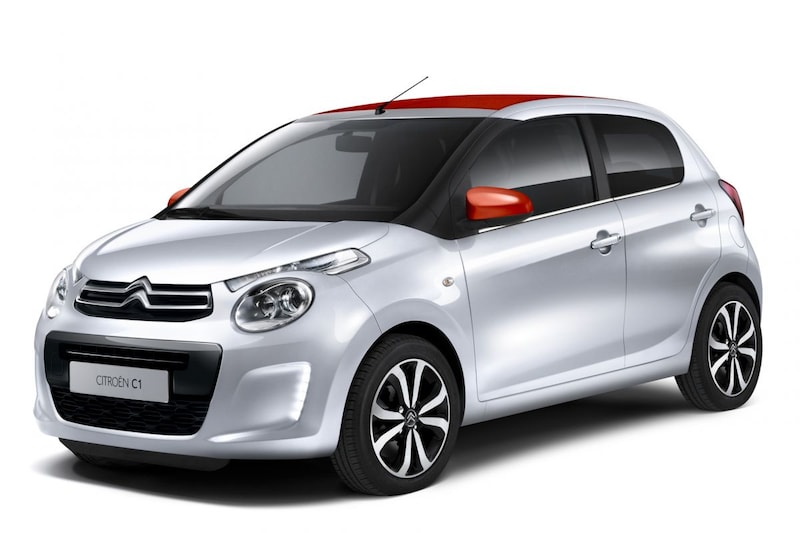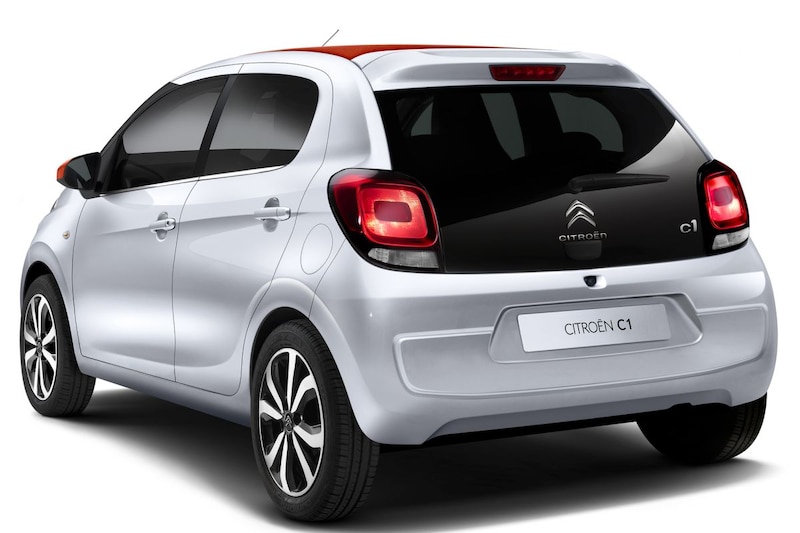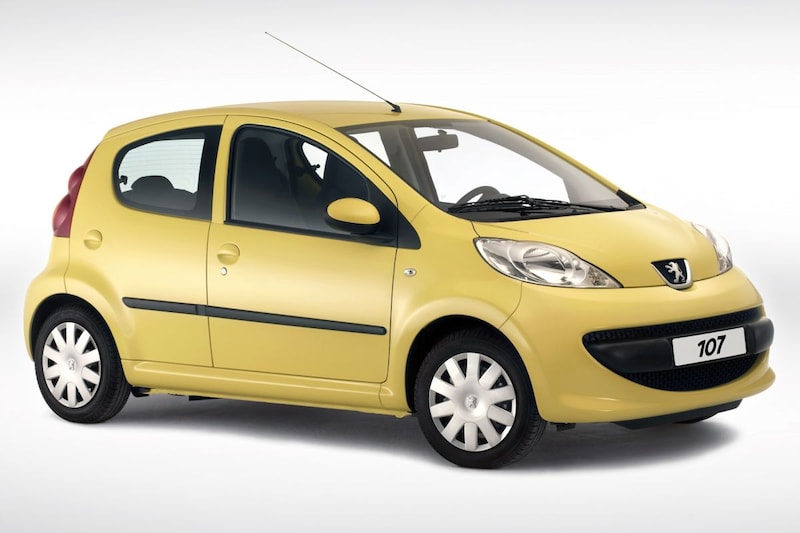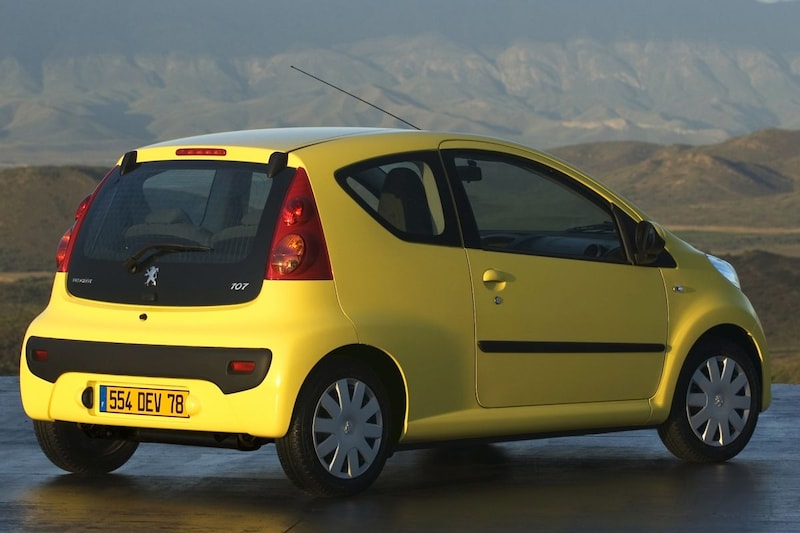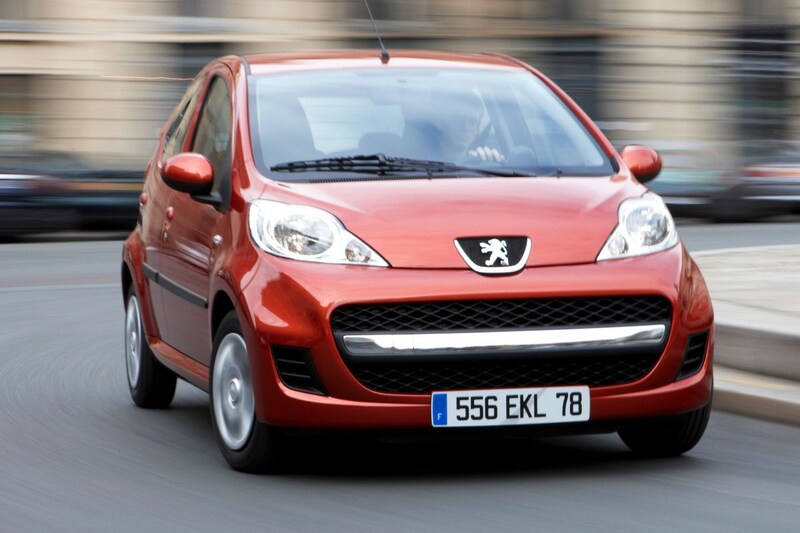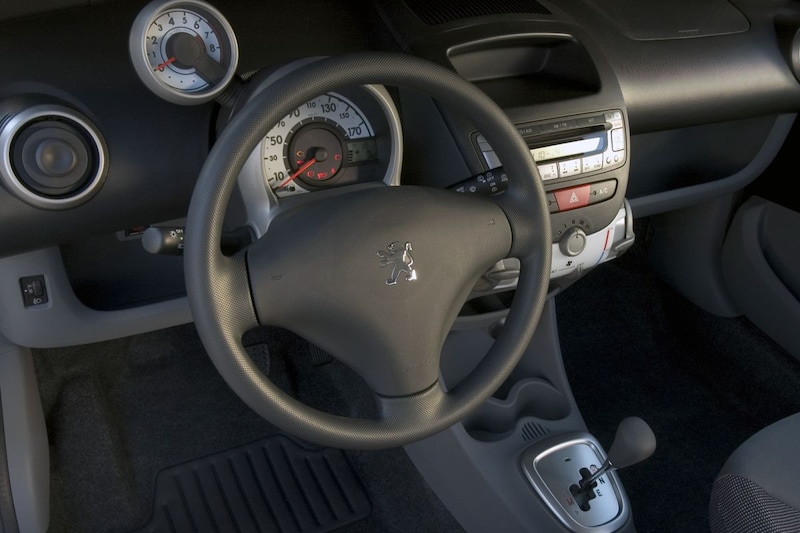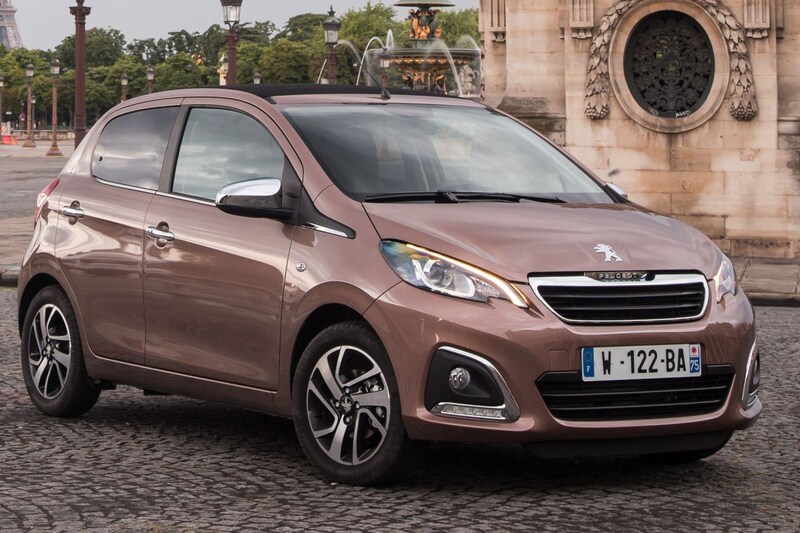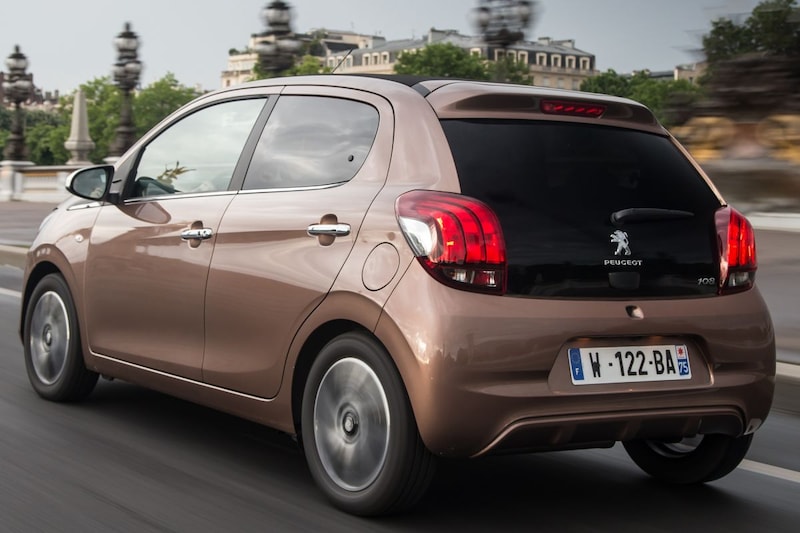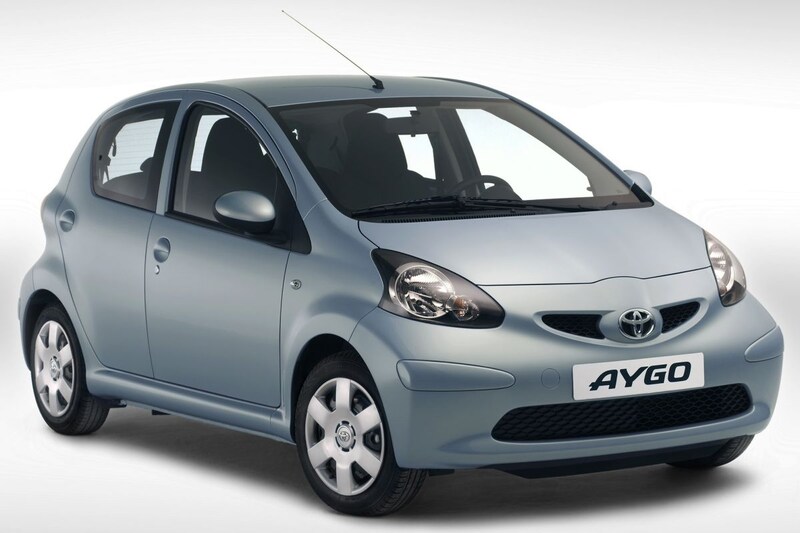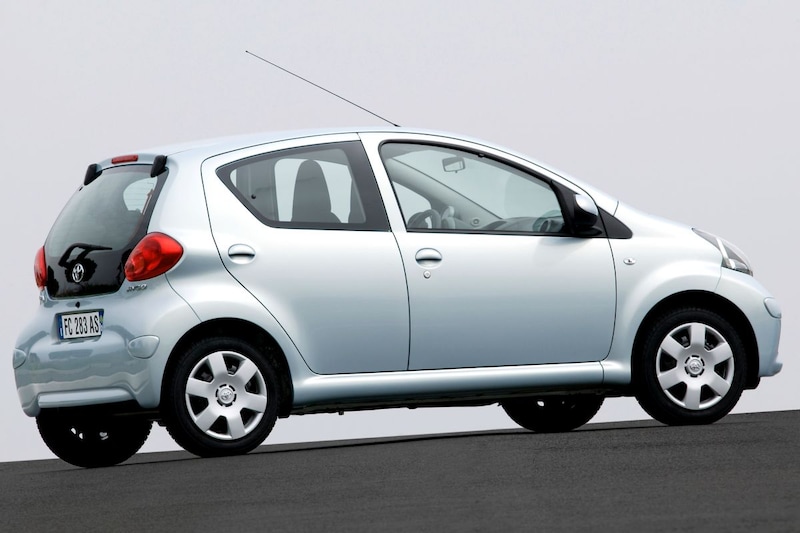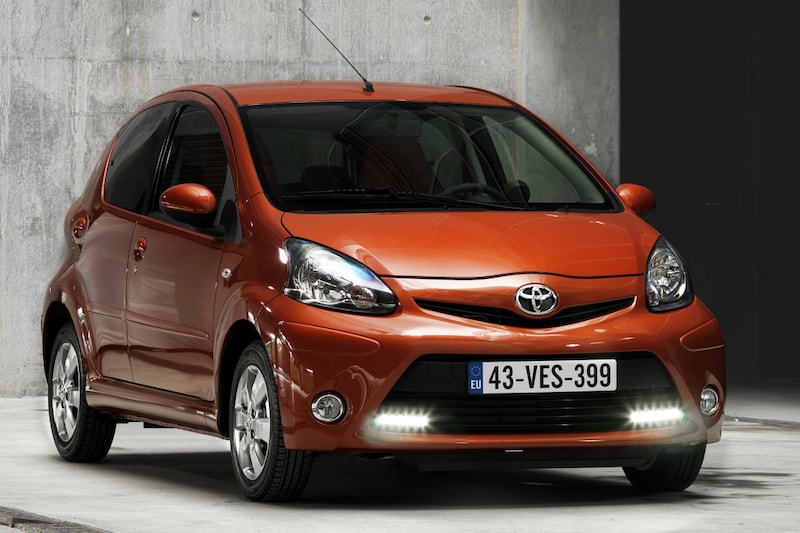The Toyota Aygo is now on its own two feet and with that, the triplets Toyota Aygo, Citroën C1 and Peugeot 107/108 will come to an end. That means the end of a long, successful career, which we would like to look back on in detail.
The takeover of the factory in the Czech Republic by Toyota and the arrival of the new Toyota Aygo X mark the end of a period that started on February 28, 2005. On that day, Citroën presented the C1, the first of the three that was presented to the general public. Peugeot followed on March 1 with the 107, Toyota a day later with the Aygo.
The cooperation between these three brands was of course a way to reduce costs, because in 2005 making money in the A-segment was already a matter of saving. Still, it was a very serious project. For example, a new factory was built especially for the production of these three models, Toyota Peugeot Citroën Automobile Czech, TPCA for short. The Aygo, C1, 107 and 108 were built there for more than a decade and a half, until Toyota recently took over the tent completely.
Two generations
The biggest milestone in the history of these cars – apart from the launch – is without a doubt the generational change of 2014. All three cars were given a completely new body, but under the skin much remained with the old. That is also what probably caused the sales figures to slowly decline, because with the trio of Volkswagen Up/Skoda Citigo/Seat Mii and of course the Kia Picanto and Hyundai i10, the competition at that time was a lot more serious than in 2005.
French brothers
The way in which the three brands distinguish their little one from the other two is quite interesting with both the first and second generations. Peugeot and Citroën huddle close together as group members and use more or less the same rear. In the first generation, the Citroën is still recognizable by its gray taillights and the Peugeot gets red. In generation two, the layout of the rear light units is different, but the same layout is used again. The French brothers do get their own nose, but the family connection is certainly clear with the first generation.
Own carriage
This is different with the Aygo. Of course the basic shape of the first Aygo is the same as that of his French friends, but the interpretation is completely unique. In addition to a unique front, Toyota also comes with its own rear, with much smaller and lower rear lights. In addition, the Aygo also has a real, separate C-pillar as a five-door, while the rear door of the 107 and the C1 connects directly to the taillights and rear bumper. The doors are therefore of a different shape at Toyota, so that ultimately only a handful of body parts can be exchanged. The rear side window is also slightly different in the three-door versions, both those from 2005 and those from 2014.
Toyota will take an even more emphatic distance from the other two in 2014, at least in optical terms. The Aygo gets a much sharper and bolder body and a big ‘X’ on its nose, while the Peugeot and Citroën once again seek refuge in convex, friendly shapes.
Signature engine sound
Underneath, the trio is more Japanese than French from the start. At least, in the case of the petrol versions. From day one, they get a one-liter three-cylinder under the nose that comes from none other than Toyota subsidiary Daihatsu. Anyone who argues that characteristic engine noises have no longer been reserved for normal citizens since the turn of the century should definitely stand next to an accelerating Aygo. The rumble unmistakably comes from this engine and has been reverberating through almost all European streets since 2005.
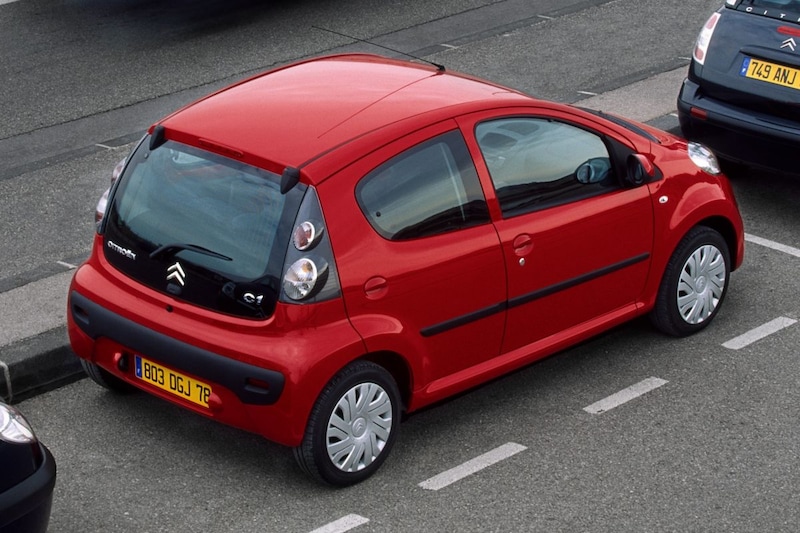
Initially, the block delivered 68 hp, later it became 72. With that power, the same engine in a further developed form is still in the brand new Aygo X, which is on a new platform. Most of the ‘citybugs’, as the trio are affectionately called online, are equipped with a five-speed manual transmission. However, from the start there are also versions with a robotized manual gearbox, which therefore functions somewhat like an automatic transmission for the user.
But wait, did we say “gasoline versions” there? Yes, because there was also a real diesel. The version with the French 1.4 HDi produced no more than 55 hp and was actually not interesting for the Netherlands due to the road tax regime applicable here.
success story
The petrol version certainly was. The Citroën C1 grew between 2005 and 2021 to become the second best-selling Citroën in our country since the start of the measurements in 1983. The car only has to tolerate the BX in this area and attracted a total of 98,685 Dutch buyers. The Aygo proved even more popular, attracting a total of 138,077 buyers. This makes this model the most popular Toyota in our country after the Corolla and the Yaris.
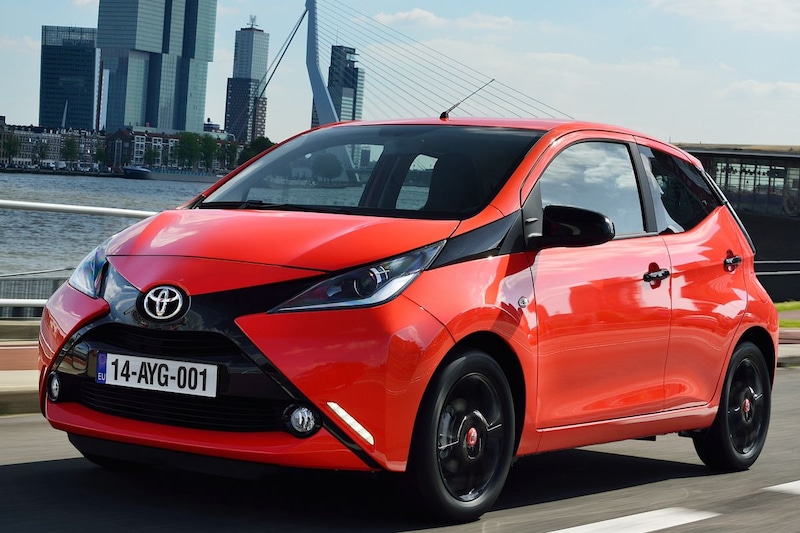
The Peugeot 107 is an interesting issue, because that car was given a new name with the 2014 generation change. Of the 107, however, 92,613 have already been sold. Together with 55,274 108s, this yields a total of 147,887 pieces, making the Peugeot the most popular of the three. The most successful period started around 2010 in all three cases. Citroën set a sales record for the C1 in that year with 11,565 units. Toyota followed in 2011, when it wore no fewer than 15,250 Aygos. The winner in this area is Peugeot again, with no fewer than 20,949 units in 2011. Let us add up all the sales figures for an overview: a total of 384,649 cars from this model series were sold in the Netherlands, divided over both generations. .
Future
A new C1 or 108 is currently only available from stock. When it’s gone, it’s done, because the French no longer find this segment lucrative. Now it is always possible that the plans change because PSA has been absorbed into Stellantis, but a possible successor will then at least have nothing to do with Toyota. Toyota continues, with an Aygo that at the beginning of its development process would still simply become part of triplets. That model, the Aygo X, now stands alone. That sounds sad, but has the advantage that two formidable competitors have disappeared. Thanks to the Aygo X, that characteristic rumble will remain with us for a long time, because that well-known three-cylinder still snorts under a brand new hood.
– Thanks for information from Autoweek.nl
